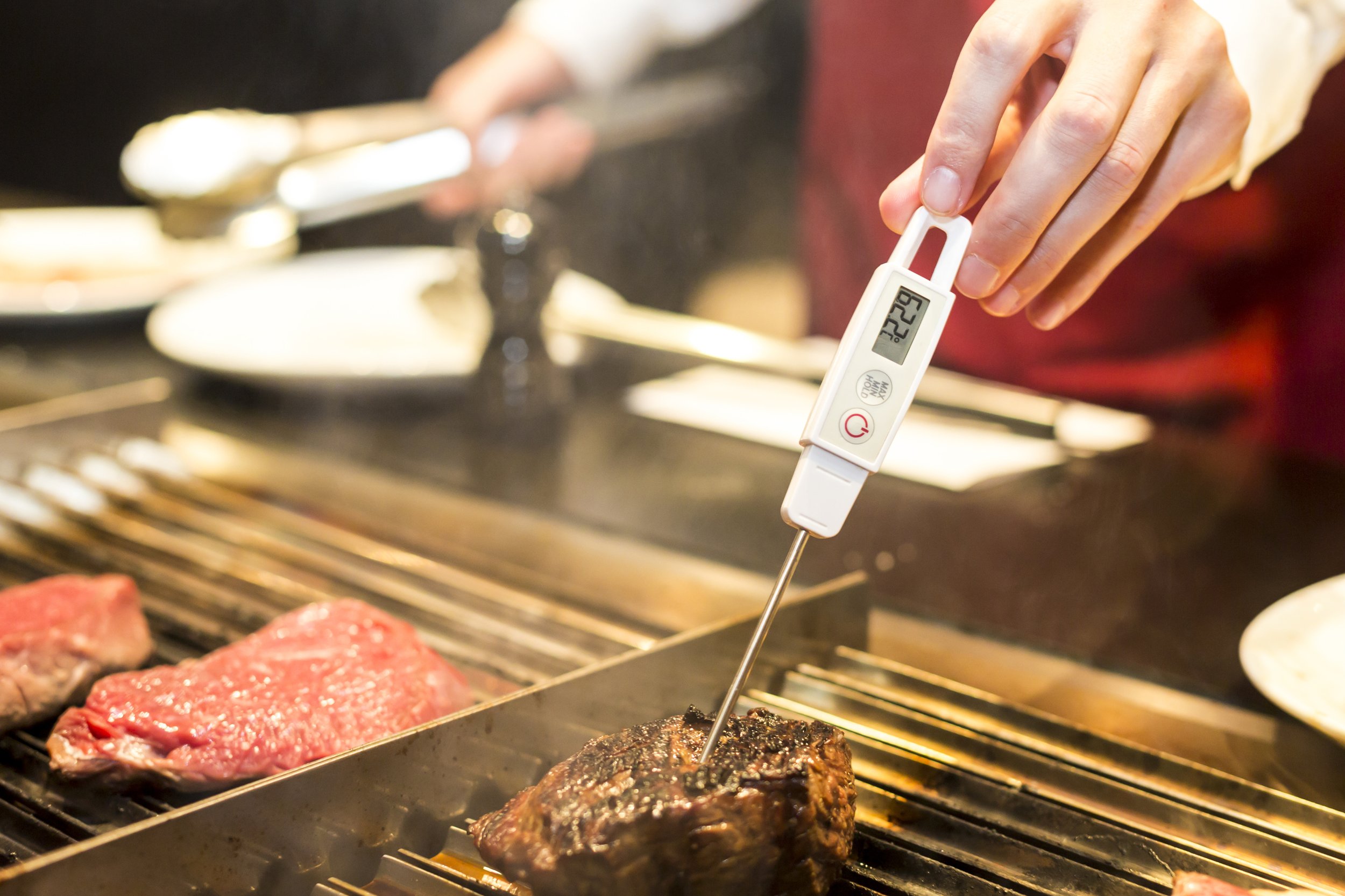What are Minimum Internal Cooking Temperatures?
Minimum internal cooking temperatures are the lowest temperatures that must be reached when cooking certain foods in order to ensure that they are safe to eat. These temperatures have been established by the United States Department of Agriculture (USDA) as a way to prevent foodborne illness caused by harmful bacteria such as Salmonella, E. coli, and Listeria.
For example, the minimum internal cooking temperature for beef, pork, veal, and lamb is 145 degrees Fahrenheit (63 degrees Celsius), while the minimum internal cooking temperature for poultry (chicken, turkey, duck, etc.) is 165 degrees Fahrenheit (74 degrees Celsius). The minimum internal cooking temperature for ground meat (beef, pork, veal, lamb, etc.) is 160 degrees Fahrenheit (71 degrees Celsius)
It is important to note that these are the minimal temperatures, the safe temperature may vary depending on the type of meat, the cut, and the cooking method.
Adhering to these minimum internal cooking temperatures is crucial for preventing foodborne illness and ensuring that the food being served is safe to eat. This is important for both commercial food service operations and home cooks. By properly cooking food to the recommended minimum internal cooking temperature, you can reduce the risk of harmful bacteria that can cause food poisoning. Additionally, it's important to use a food thermometer to check the internal temperature of the food, specially when cooking large cuts of meat, and poultry.
It's also important to keep in mind that even if a food has been cooked to the appropriate internal temperature, it can still be contaminated by bacteria if it is not handled or stored properly. Therefore, it is essential to also practice good hygiene and food safety practices throughout the food preparation process.
To learn more about Minimum Internal Cooking Temperatures and other food safety practices, join one of our weekly classes.

